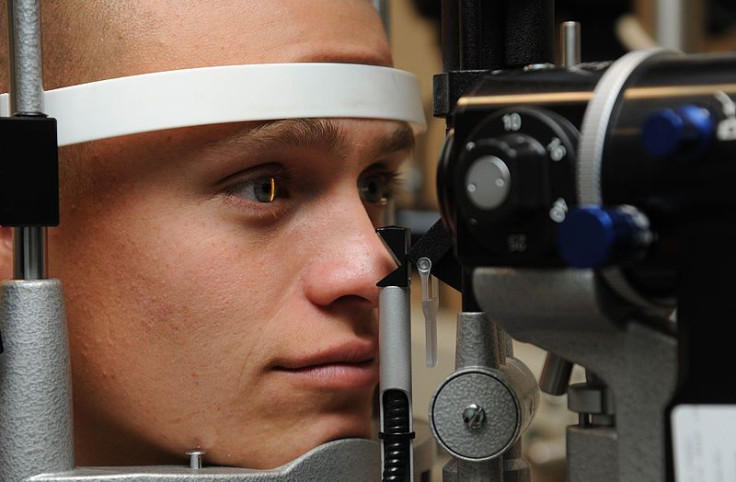Eye Health: 4 Natural Ways To Maintain Good Vision

Whether you are near-sighted or far-sighted, or have 20/20 vision, you are at risk for glaucoma. The eye disease is second leading cause of blindness, reports the World Health Organization (WHO), and affects over three million Americans from newborn infants to senior citizens.
The Glaucoma Research Foundation (GRF) says that half of those with glaucoma, specifically open-angle glaucoma (OAG), is unaware they even have the disease. OAG, the most common form of the ocular disorder, has no symptoms early in the disease process. Over time, optic nerve fibers begin to deteriorate and people with late-stage OAG will develop pain or severe visual changes, says the University of Maryland Medical Center (UMM). The nature of glaucoma and the severity of the disease is often misunderstood, but deserves more attention as the condition becomes more common among Americans in the U.S.
How Glaucoma Affects Your Vision
Damage to the optic nerve results from an abnormal increas in eye pressure, high intraocular pressure (IOP), a condition also known as ocular hypertension. High IOP occurs when the clear fluid usually located behind the iris, known as the aqueous, moves into to the area behind the iris and cornea, says Mayo Clinic. Also, high eye pressure can result from below average aqueous drainage, as the fluid normally drains and replenishes. While a high IOP can be a significant risk factor to determine if you have glaucoma, patients with normal IOP levels are also prone to the chronic condition.
Ways To Reduce Risk of Glaucoma
There is no cure for glaucoma; treatment usually slows the progression of the disease. To reduce high eye pressure, practice a healthy lifestyle with these natural ways that help you maintain good vision.
Prevent Diabetes: Lower Your Blood Sugar Levels
High blood sugar levels have been linked to cause high eye pressure among persons. Sufferers of diabetes are 40 percent more likely to suffer from glaucoma because the insulin resistance in diabetics is associated with high IOP, the American Diabetes Association says. In order to reduce high eye pressure, it is best to avoid foods that cause your insulin levels to rise. UMM suggests avoiding white breads, pastas, and sugar.
Increase Your Lutein And Zeaxanthin Intake With Dark Leafy Vegetables
The increase daily intake of these two nutrients that are commonly found in dark green leafy vegetables can significantly improve your eye health. Lutein and Zeaxanthin are carotenoids that are antioxidants for your eyes, says the American Optometric Association (AOP). There is no recommended daily intake for these two nutrients but the AOP suggests that 10 miligrams a day of lutein and two mg/day of zeaxanthin are best to maximize health benefits of these two antioxidant nutrients.
Increase Your Bilberry Intake
Billberry — part of the blueberry family with roots in Northern Europe contains anthocyanins — contains pigments that are rich in antioxidants. The anthocyanins found in bilberries has been linked to boost eye health. According to UMM, the fruit has provided protective properties in combating macular degeneration, glaucoma, and cataracts.
Increase Your Workout
Regular exercise, like reducing overall hypertension, can also lower IOP levels. Exercises such as walking or jogging a minimum of three times a week is recommended by the GRF as part of a moderate exercise routine to promote good vision. As long as you continue to exercise, there will be plenty of eye health benefits to reap.



























